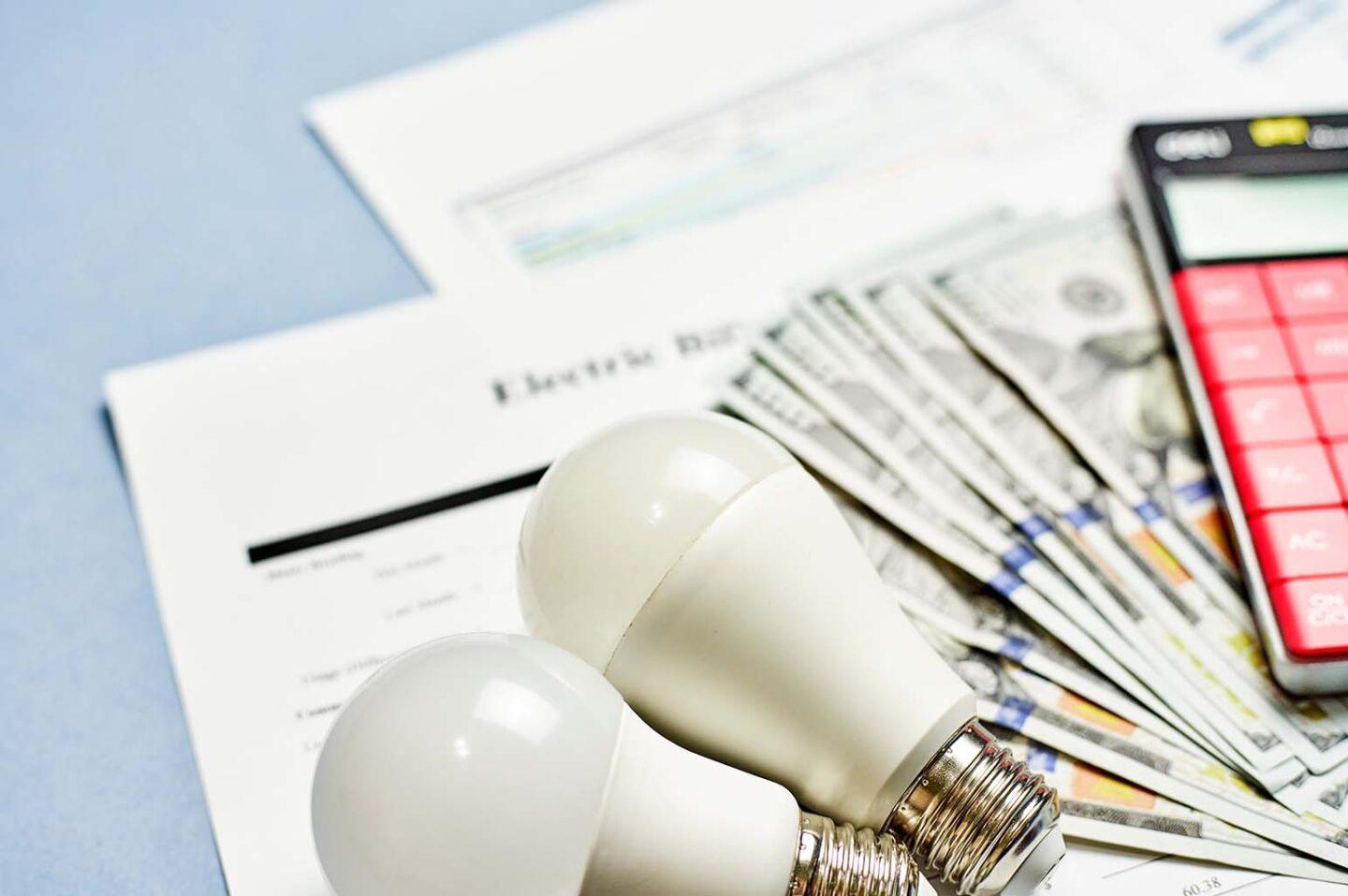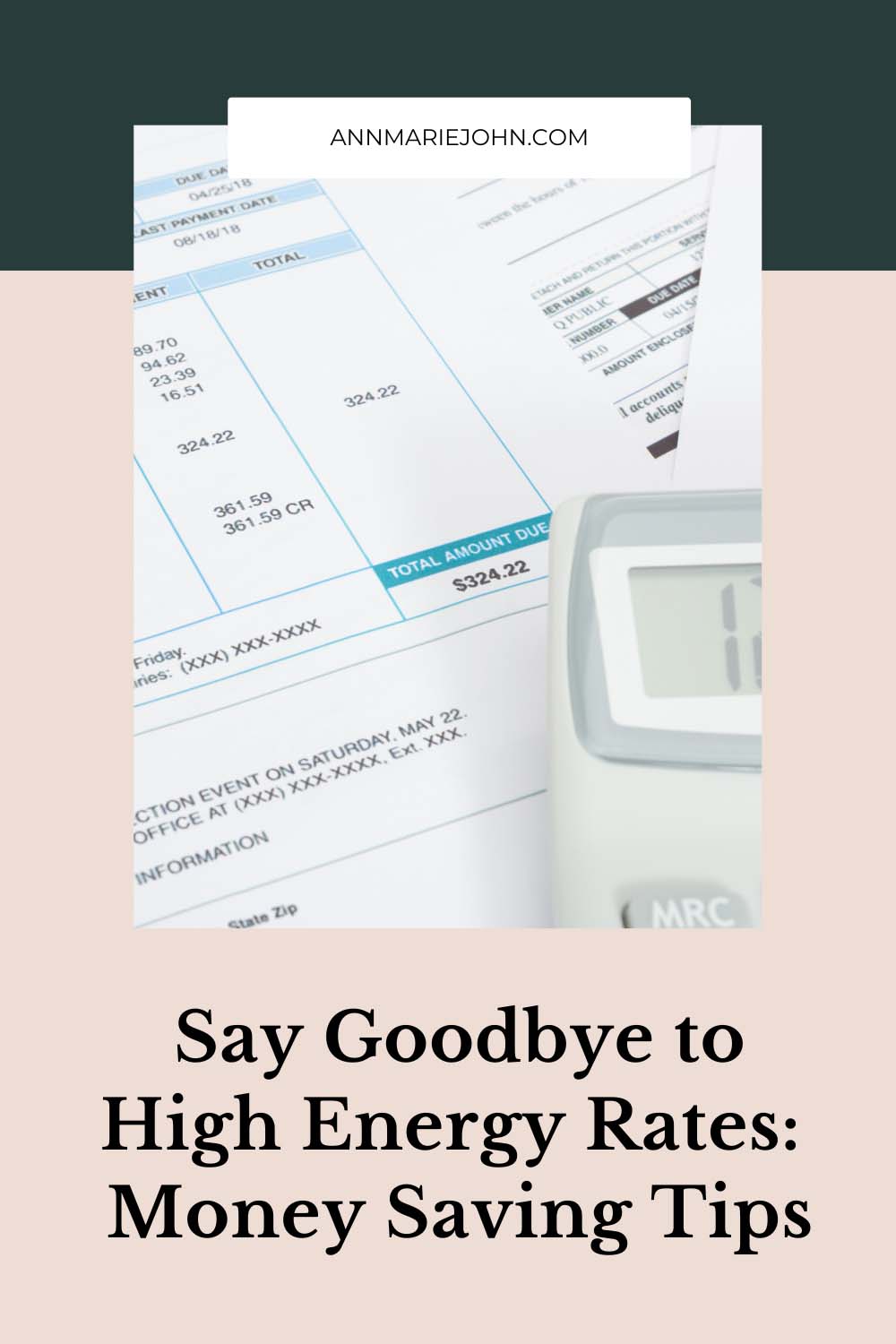Learn how you can reduce your energy bills and save money with these energy efficiency tips. Stop wasting money and start saving today!

Have you ever opened your energy bill and been shocked by the high costs? It’s a common problem for many households, but fortunately, there are ways to reduce your energy consumption and save money. In this article, we’ll discuss the top tips to keep your wallet happy by reducing your energy rates.

Upgrade to Energy-Efficient Appliances
One of the best ways to reduce your energy consumption is to upgrade to energy-efficient appliances. These appliances provide excellent performance at low consumption, which helps you save money on your electricity rates in the long run. If you have old appliance models at home, consider doing this upgrade as soon as you can. It can have a significant impact on your monthly utility bills.
There are several types of energy-efficient appliances to consider. For example, if you’re in the market for a new refrigerator, look for models with an ENERGY STAR rating. ENERGY STAR refrigerators use up to 40% less energy than standard models. Similarly, when shopping for a new dishwasher or washing machine, look for models with an ENERGY STAR rating to save energy and money on your utility bills.
Upgrading to energy-efficient appliances may require an initial investment, but the long-term savings are worth it. According to the US Department of Energy, households can save up to $400 per year by using energy-efficient appliances.
Install a Programmable Thermostat
Another way to reduce your energy consumption is to install a programmable thermostat. These thermostats allow you to set the temperature of your home based on your schedule. For example, if you’re away at work during the day, you can program your thermostat to lower the temperature while you’re gone and raise it before you return home.
Using a programmable thermostat can save you up to 10% on your heating and cooling costs. Plus, it makes it easy to maintain a comfortable temperature in your home while also reducing your energy consumption.
When choosing a programmable thermostat, consider the features that are most important to you. Some models allow you to control your thermostat through your smartphone, while others have voice-activated controls.
Seal Air Leaks and Insulate Your Home
Another common cause of high energy bills is air leakage in your home. These leaks can allow warm air to escape during the winter and cool air to escape during the summer, forcing your heating and cooling systems to work harder to maintain a comfortable temperature.
To reduce air leaks, start by identifying the most common areas where they occur. These include windows and doors, electrical outlets, and pipes and vents. Seal these areas with weatherstripping or caulking to prevent air leaks.
In addition to sealing air leaks, adding insulation to your home can also help reduce your energy consumption. Attic insulation is especially important, as heat rises and can escape through an uninsulated attic. Adding insulation to your attic can save you up to 20% on your heating and cooling costs.
DIY tips for sealing air leaks and adding insulation include using spray foam insulation, adding weatherstripping to doors and windows, and installing draft stoppers on doors.
Use Energy-Efficient Lighting
Lighting is another area where you can reduce your energy consumption. Traditional incandescent light bulbs use a lot of energy and need to be replaced frequently. Energy-efficient lighting, such as LED bulbs, uses significantly less energy and can last up to 25 times longer than traditional bulbs.
When choosing energy-efficient lighting for your home, consider the brightness and color temperature of the bulbs. Some energy-efficient bulbs may produce harsh or unnatural light, so it’s important to choose bulbs that provide warm and natural light.
Using energy-efficient lighting can save you up to 80% on your lighting costs. Plus, LED bulbs are more durable and don’t contain harmful chemicals like mercury, making them a more eco-friendly option.
Unplug Electronics When Not in Use
Finally, it’s important to unplug electronics when they’re not in use. Many electronics continue to use energy even when they’re turned off. This is known as vampire power or standby power.
To reduce vampire power, unplug electronics when they’re not in use. This includes devices like computers, televisions, and chargers. Alternatively, you can use power strips with an on/off switch to easily turn off multiple devices at once.
Reducing vampire power may seem like a small step, but it can add up over time. According to the US Department of Energy, vampire power can account for up to 10% of your household energy consumption.
In Conclusion
Reducing your energy consumption doesn’t have to be difficult or expensive. By following these simple tips, you can keep your wallet happy and reduce your energy costs. Upgrade to energy-efficient appliances, install a programmable thermostat, seal air leaks and insulate your home, use energy-efficient lighting, and unplug electronics when not in use. Start taking action today to save money and reduce your carbon footprint.
